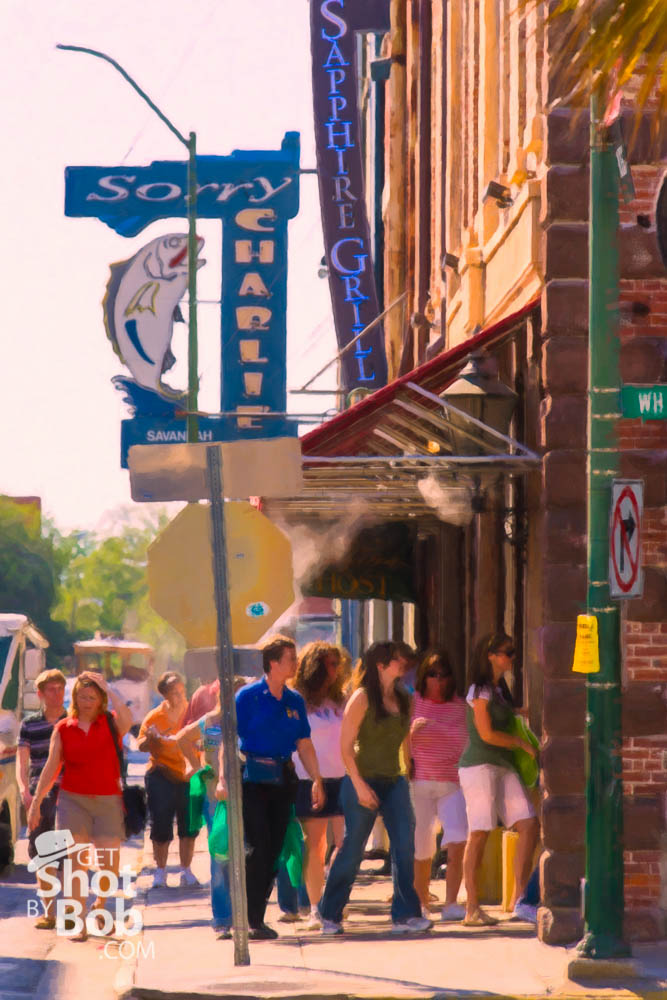
As I sit watching it rain, I found myself wishing for a nicer day. I decided to find a fun image of better times. Thus the picture above, from a wonderful day in Savannah, Georgia.
So what does this have to do with my topic RAW vs. JPEG? Well let’s see. Let me take a moment to point out that this is an extensive topic, and this blog post is intended to provide an overview. If you want to get into detailed evaluations of the potential of RAW files there are other sites that can get very technical.
When people ask me if I shoot RAW or jpeg I tell them that I predominantly shoot in RAW. Typically the next question is why? For me, the answer is that I have numerous post processing tools that I use to optimize my photographic vision and the more information I have in the original file, the more options I have when it come time to processing the image in the computer.
So what are the implications of shooting RAW?
- First and foremost, you need a software product capable of viewing and editing the RAW file. While most cameras capable of capturing a RAW file come with manufacturer supplied software to view the files, they don’t all come with software capable of processing the files. Even if they do provide software, the workflow often leaves a lot to be desired.
- You need to understand that your initial “capture” or file will seem a little lackluster compared to a jpeg. Jpeg’s are fully processed in the camera before being saved to the memory card, as a result the jpeg will typically have more punch. The RAW file is much less processed and more of an all encompassing record of all the photographic information related to the scene.
- The RAW file will be larger, take up more space on your memory card and computer hard drive because it contains more data.
- If you miss judge your exposure a RAW file will provide you more latitude to correct your image back to a useable state than will a jpeg.
How should you decide which one to shoot?
- If you want to work on your images in the digital darkroom, RAW files contain more data, and hold up better to adjustment. (My post-processing workflow starts with my tool of choice – Adobe Photoshop Lightroom 5)
- If you under or over expose, RAW files may give you the additional post processing latitude necessary to rescue an otherwise unusable image.
- You plan to make enlargements and want to be sure you are getting the maximum file benefits that your camera has to offer.
What about shooting both? While most cameras capable of shooting RAW will also allow you to shoot RAW + JPEG, I am not a big proponent. It leads to twice as many file with which to download, organize and process. If you are a little leery of getting started into RAW processing by all means shoot both for a few outings to give yourself a safety net, but I think you will quickly find that shooting all RAW is not that daunting.
Thanks for reading my blog and say hello if we meet up in the real world.
Sorry, comments are closed for this post.